When it comes to choosing between a rowing machine and an elliptical trainer, the decision often boils down to your fitness goals, body mechanics, and personal preferences. Both machines offer low-impact, full-body workouts, but they differ in movement style, muscle engagement, and overall experience. Let’s break down the pros, cons, and best use cases for each—so you can make the most informed decision for your health journey.
The Basics: How Each Machine Works
Elliptical Trainer (a.k.a. Cross Trainer):
This machine mimics a natural walking or running motion without the harsh impact of pounding pavement. It’s designed for upright cardio, engaging the legs and arms through coordinated elliptical strides. Most ellipticals allow for forward and reverse motion, and resistance levels can be adjusted to simulate hills or sprints.
Rowing Machine (Rower):
The rower replicates the motion of rowing a boat. You push with your legs, hinge at the hips, and pull with your arms in one fluid motion. It’s a seated exercise that combines both cardiovascular training and strength building, particularly for the back, core, and posterior chain.
Muscle Engagement: Upper vs Lower Body Focus
-
Rowing machines emphasize posterior chain muscles: glutes, hamstrings, lower back, and lats. The pulling motion also works the biceps and forearms, making it a better option for building back strength and posture.
-
Elliptical trainers target the quads, calves, and glutes, with secondary activation in the chest, shoulders, and arms—especially when using moving handles.
Verdict: Rowers offer more balanced full-body muscle activation, while ellipticals lean more toward lower-body conditioning with a cardio emphasis.
Calorie Burn & Weight Loss
If your goal is weight loss, both machines can help. However, rowers tend to burn slightly more calories per session due to the full-body resistance and effort required. That said, the best machine is the one you’ll actually use consistently.
In my own training routine, I found the Teeter Power10 elliptical rower to be a surprisingly effective hybrid. On days when I’m short on time, I use it for quick, high-intensity intervals that leave me winded and sore in all the right places. It combines the rowing motion with elliptical movement in a way that keeps the workout dynamic and engaging.
Joint Impact & Rehabilitation
For people with knee, hip, or lower back issues, elliptical machines are often the gentler option. They provide a smooth, weight-bearing movement that’s easier on the joints compared to stair climbers or treadmills.
Rowing machines, while also low-impact, involve a bending motion at the hips and knees. Proper form is crucial—slouching or overreaching can lead to strain, especially for beginners or those with pre-existing back concerns.
Verdict: For joint-friendly cardio, the elliptical trainer has a slight edge—unless you have good posture and proper rowing form.
Home Gym Practicality
-
Rowers tend to have a longer footprint but can be stored vertically.
-
Ellipticals often require more space side-to-side and are heavier to move.
Combination machines like the Teeter Power10 elliptical rower offer a compact solution with dual function. If space is limited and versatility is key, these hybrids may be worth the investment.
Who Should Choose What?
-
Choose a rowing machine if:
You want a full-body strength-and-cardio workout, love compound movement patterns, or need to build endurance and back strength. -
Choose an elliptical trainer if:
You prefer upright cardio, need a gentler option for joints, or want to focus on lower-body conditioning and heart rate zones. -
Choose a hybrid elliptical rower (like the Teeter Power10) if:
You’re looking for variety, space-saving design, and a blend of both movement patterns to avoid workout boredom.
Final Thoughts
When it comes to rowing vs elliptical, there’s no one-size-fits-all answer. I’ve personally used both extensively in my fitness routines and with clients. What I’ve learned is simple: the best machine is the one that aligns with your body, your goals, and your lifestyle.
Whether you're considering a traditional rower, a cross trainer, or a combo elliptical rowing machine, test them out if possible—and listen to how your body responds. Consistency matters more than perfection, and when you find the right machine, showing up gets a lot easier.


















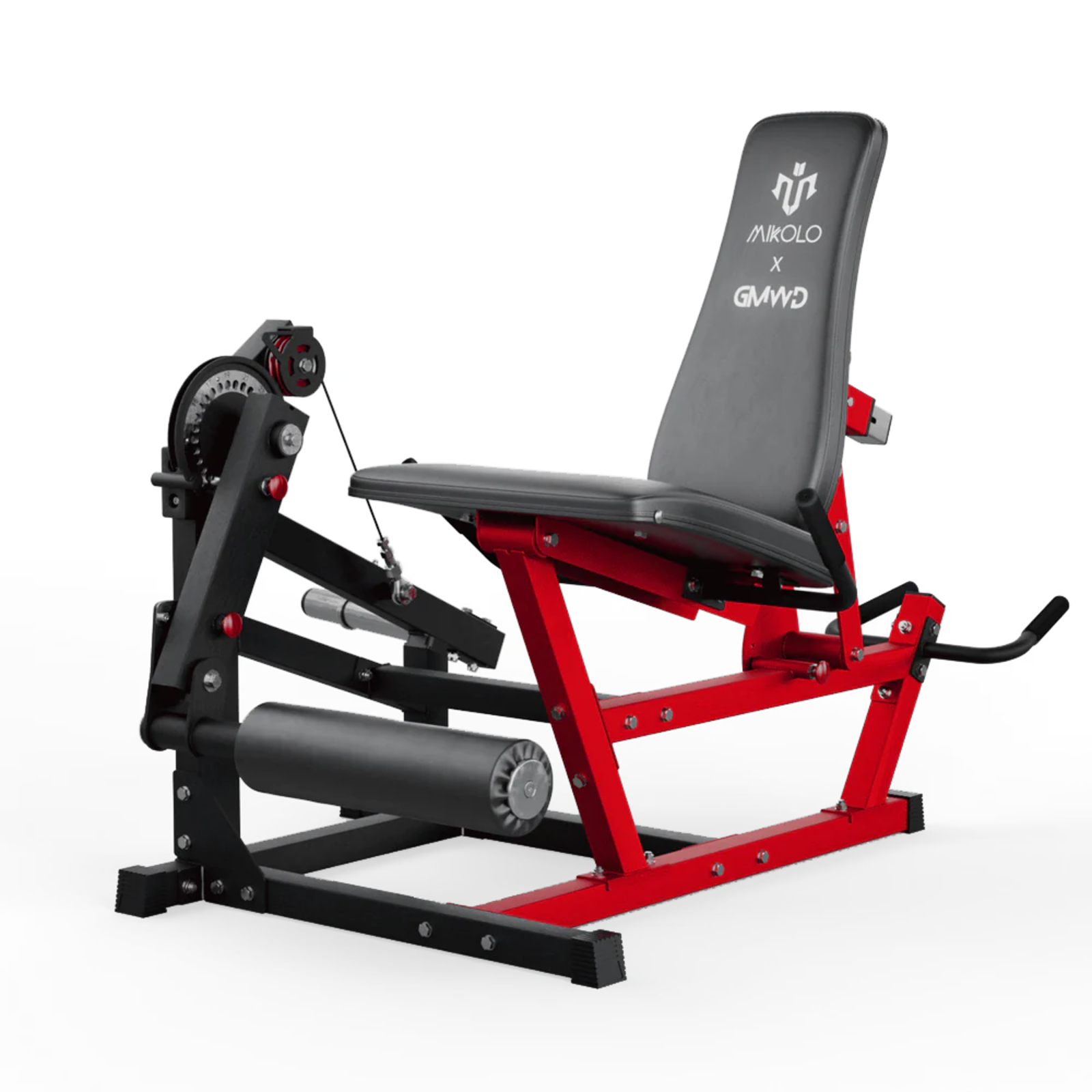

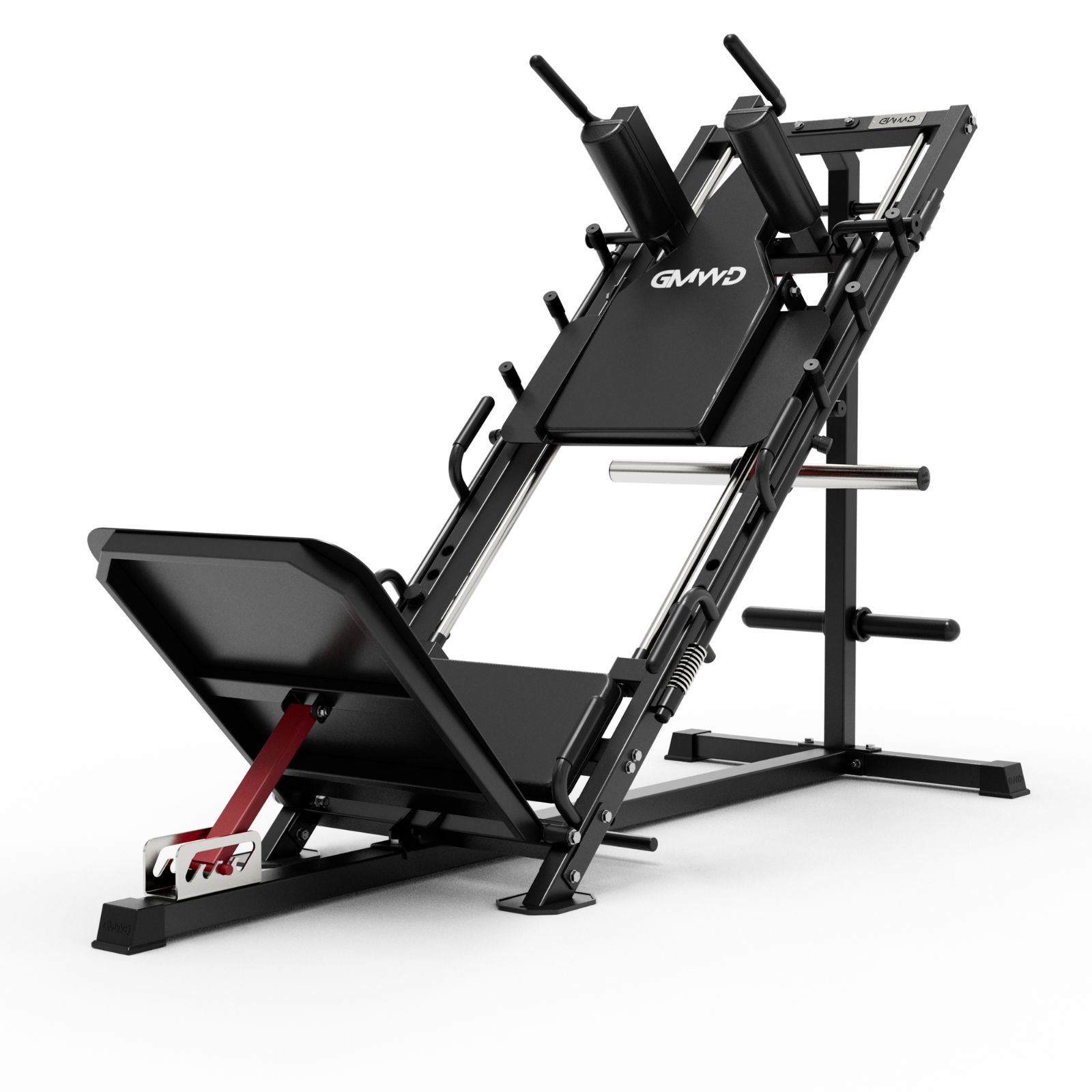







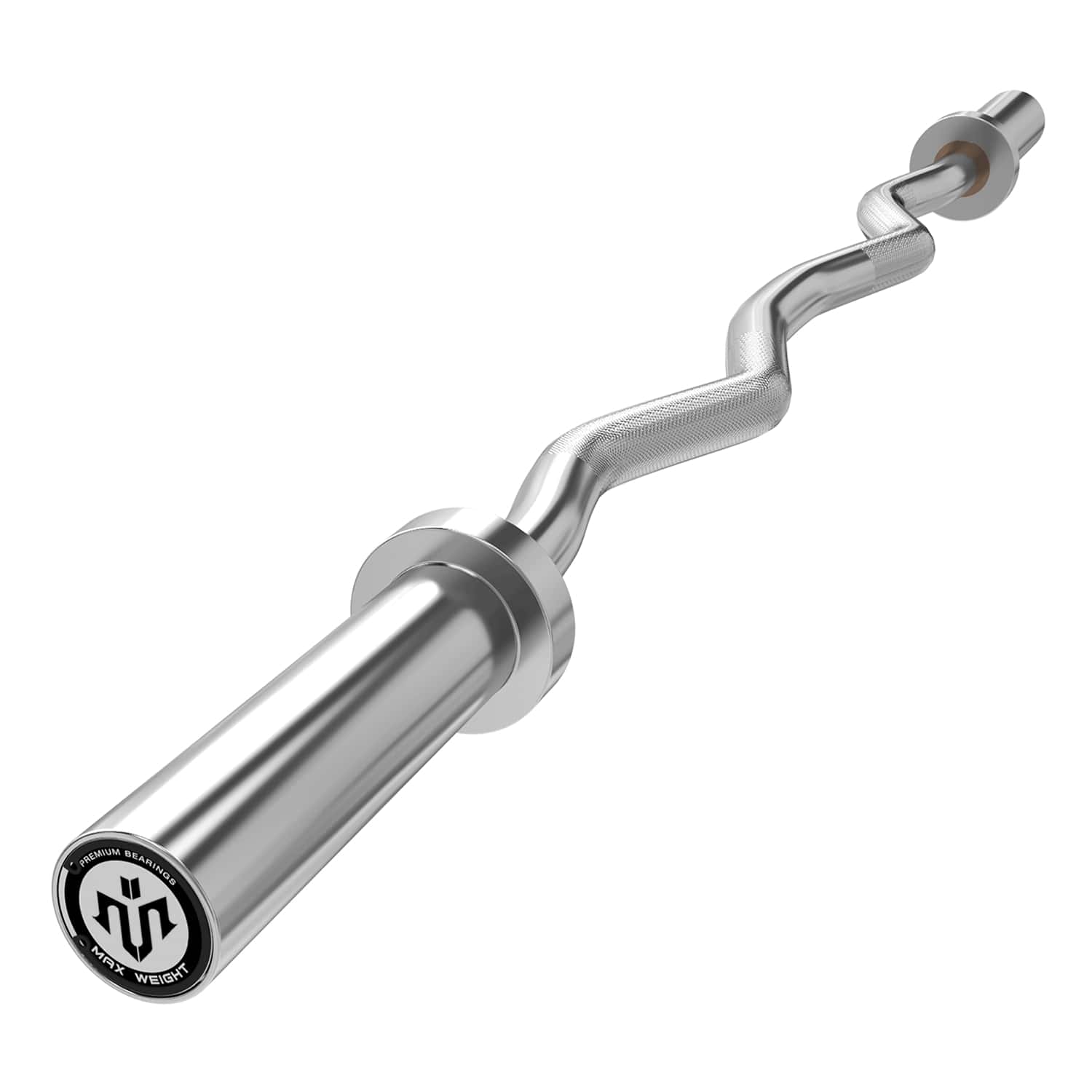
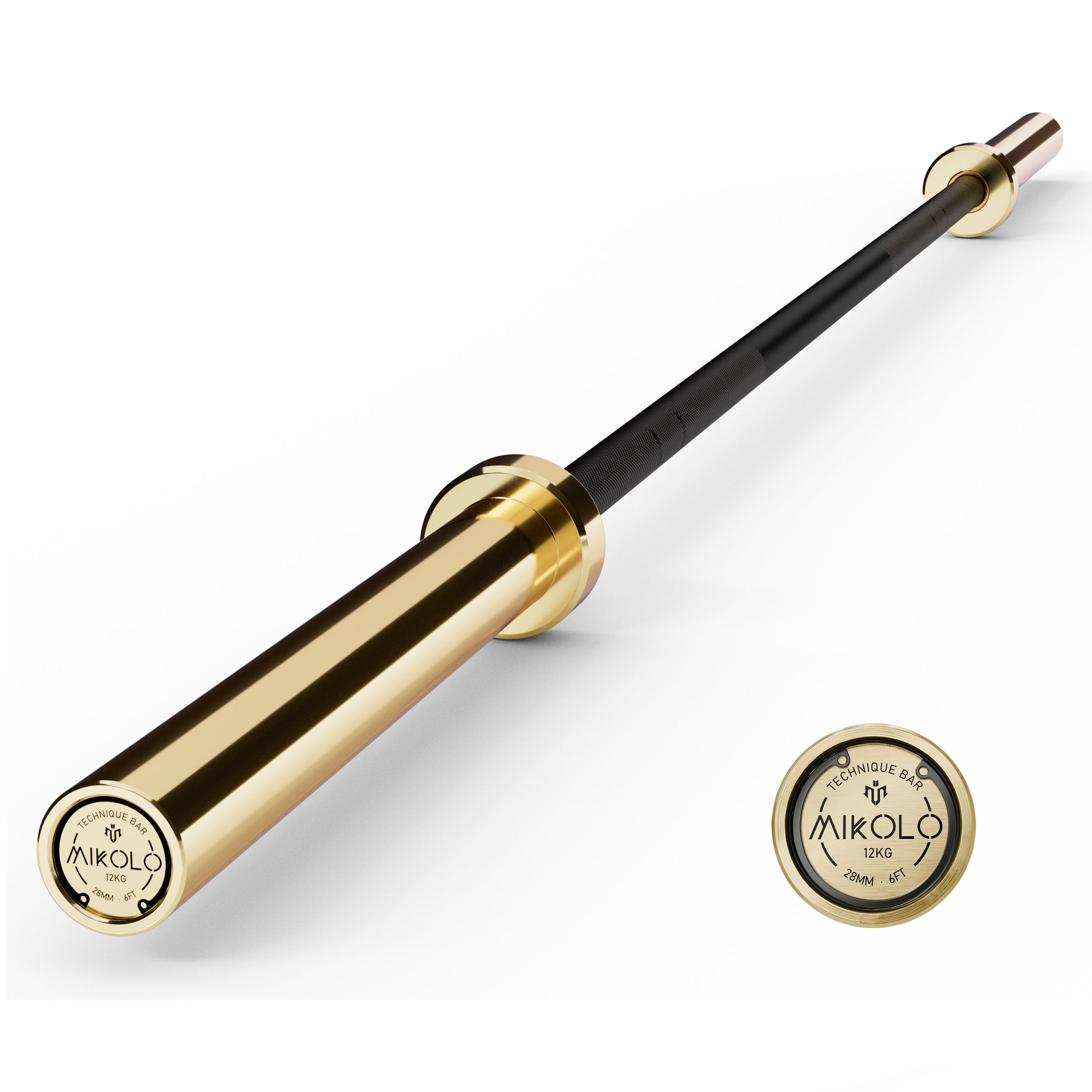


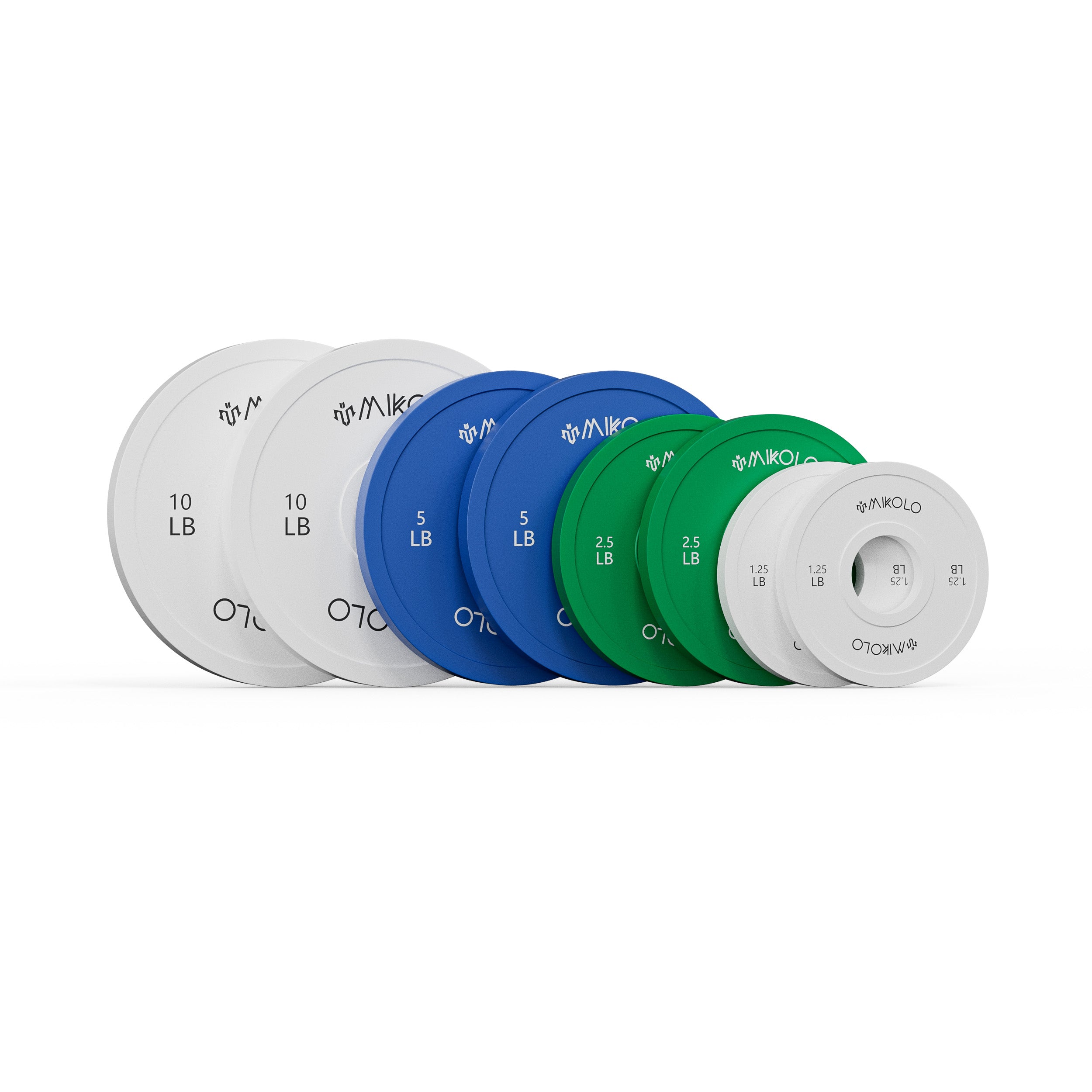



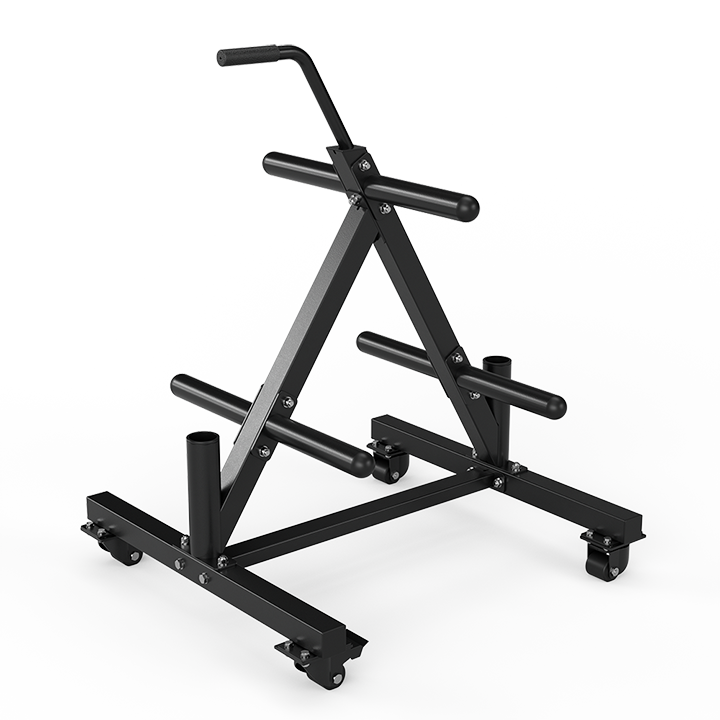





Leave a comment
This site is protected by hCaptcha and the hCaptcha Privacy Policy and Terms of Service apply.